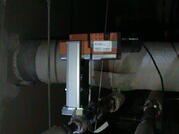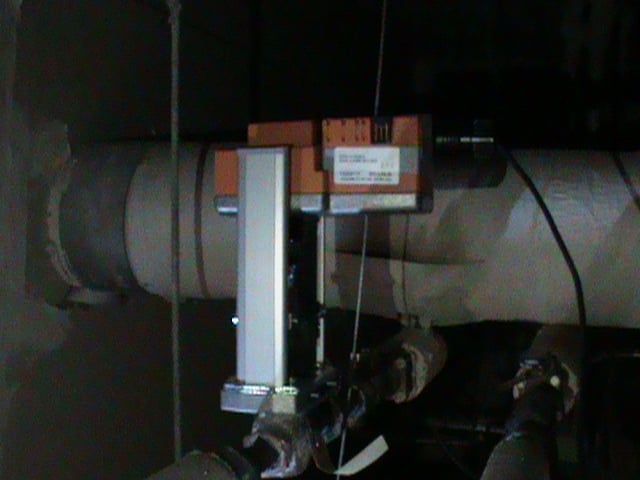Retrofit Solution Eases the Pain of DDC Conversion at VA Hospital
Making the switch from a pneumatically controlled HVAC system to a DDC system opens the door for tremendous energy savings. It is also one of the most costly and complex renovations a facility can undertake. A significant portion of this investment of time and resources involves the replacement of existing valves and/or actuators. Actuator replacement alone can be a long and tedious task, especially if there are hundreds of terminal units involved. If both actuators and valves must be replaced, the breadth of labor and cost go up significantly since welders and pipefitters are required. However, thanks to new actuator retrofit technology from Belimo, the process of converting a pneumatic building to a DDC system is a lot less painful. In Spring 2013 Oklahoma City VA Hospital was the first to receive the cure.
Engineered Systems & Energy Solutions, Inc. (ES2), a building automation contractor in Oklahoma City, Oklahoma, was granted the opportunity and the challenge to bring the 30-year-old VA hospital’s HVAC control system up-to-date. The hospital was ready to begin the long, arduous process of converting its pneumatic system to DDC. Through a competitive bid process, ES2 was awarded the contract to convert the existing proprietary protocol system to a non-proprietary BACnet system from Automated Logic and retrofit all existing control valves with new DDC actuators. The latter would ultimately include actuator retrofits to over 600 globe valves serving variable air volume (VAV) boxes and fan coil units, many of which contained both hot and cold-water coils.
Technology Worth the Wait
The existing globe valves were in good shape and didn’t warrant replacement. This was fortunate since valve replacement, as opposed to retrofitting new actuators, would have dramatically increased labor cost and complicated the permitting.
fortunate since valve replacement, as opposed to retrofitting new actuators, would have dramatically increased labor cost and complicated the permitting.
“We would have had to hire both pipe fitters, and also insulating contractors for the cold water valves. Plus, we would have had to acquire additional “Hot Work” permitting for the use of blowtorches on hospital premises,” explained Bill Kinser, President of ES2.
Still, the actuator retrofits would have been tedious and time consuming on their own had it not been for Belimo’s recently released New Generation Linear Globe Valve Actuators and Retrofit Linkages. Several months before the first retrofit linkages left the factory, Kinser decided the new actuators and linkages would be an ideal fit for the VA hospital project. Kinser was so impressed with the product previews he had received that he and his team decided to delay the retrofits until the first retrofit kits were available! According to Kinser, it was worth the wait.
The new generation valves and retrofit linkages are not only designed to deliver greater power than previous models, but extraordinary flexibility. The actuators are engineered to fit a broad range of HVAC applications and the linkages are universal so they can adapt to almost any globe valve body. No special tools are required for the installation, which only takes minutes. A self-centering device that is included with the linkage makes aligning the stems of the valve and actuator fast and simple. This feature alone was enough to convince Jeff Woods, Control Technician for ES2 that waiting for the new retrofit kits was the smart thing to do.
“A single retrofit only takes about 30 minutes to complete, which is about 45 minutes less than a typical retrofit. The self-centering device and stroke indicator features are very intuitive and really helped cut our installation time. All other linkages require some disassembly of the valve,” said Woods.
The Oklahoma City VA hospital was the very first project to use the new generation actuators and linkages. The fact that ES2 was not only willing to wait for the product, but be the first to use it, is indicative of their confidence in Belimo technology and innovations. Neither Kinser nor Woods had any reservations about being the first to use the product.

